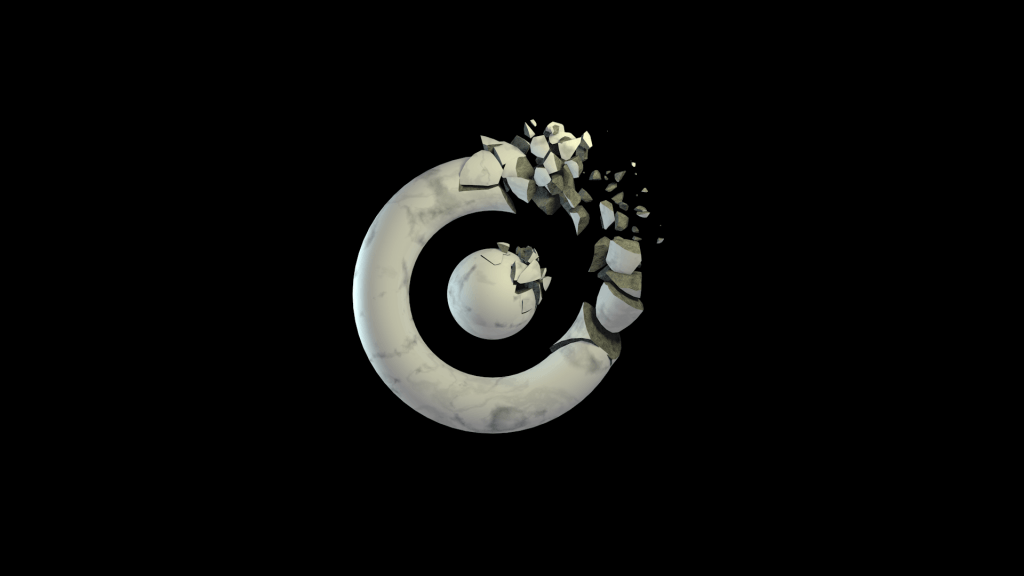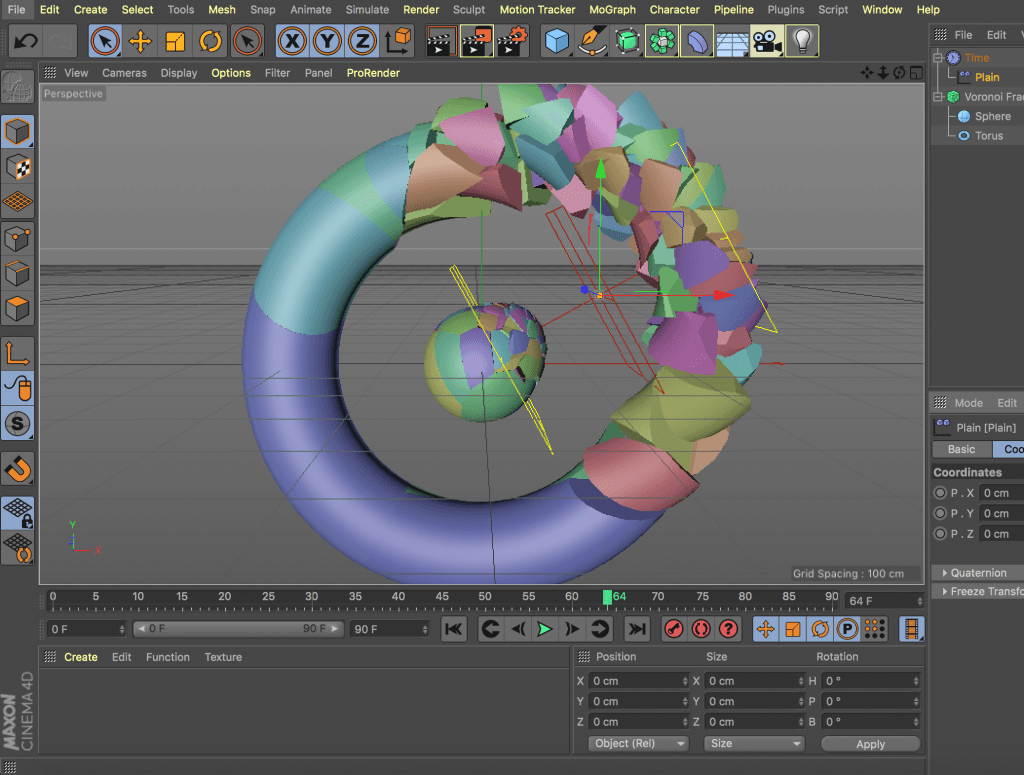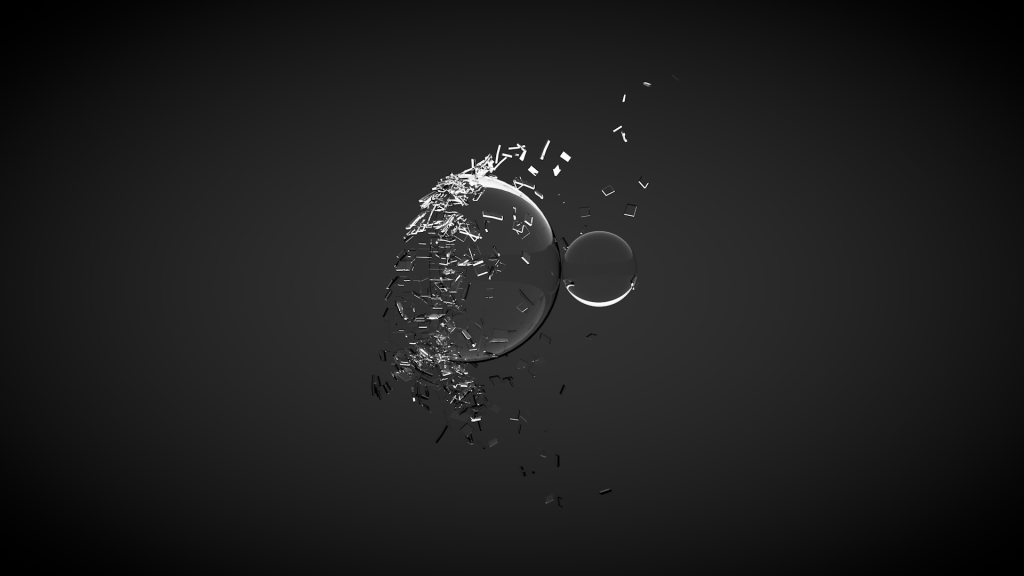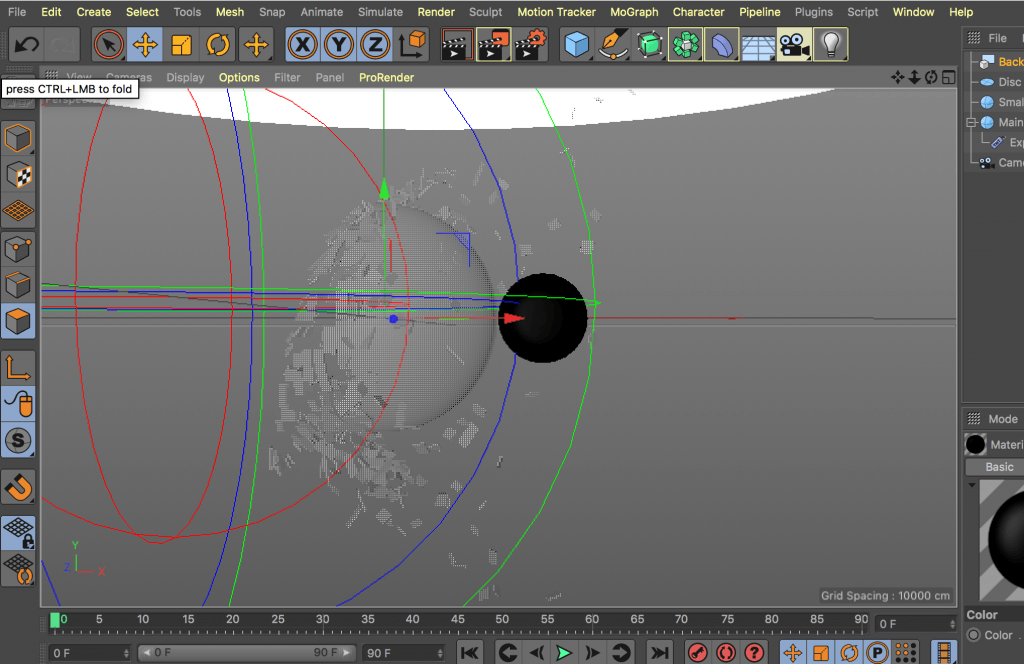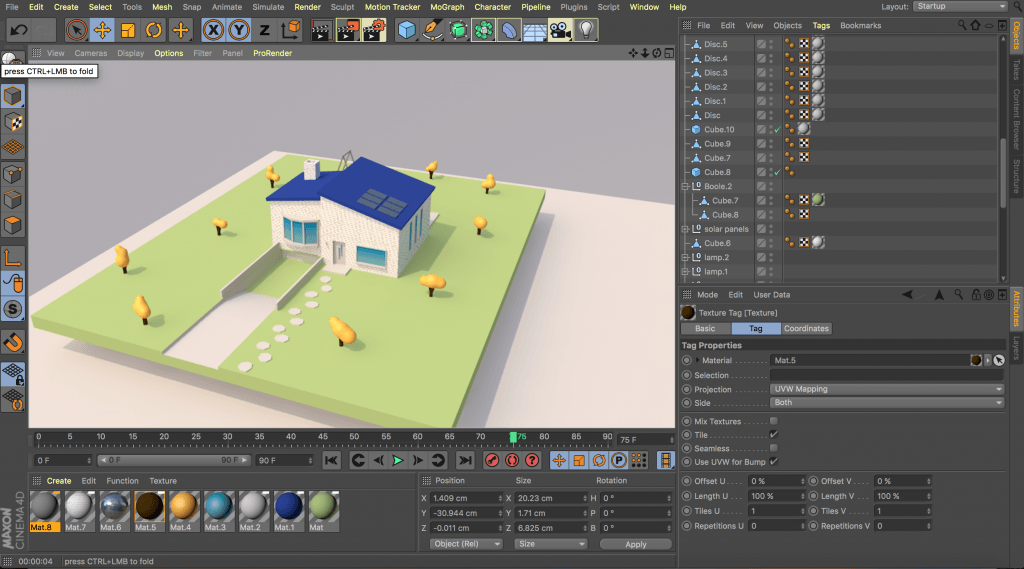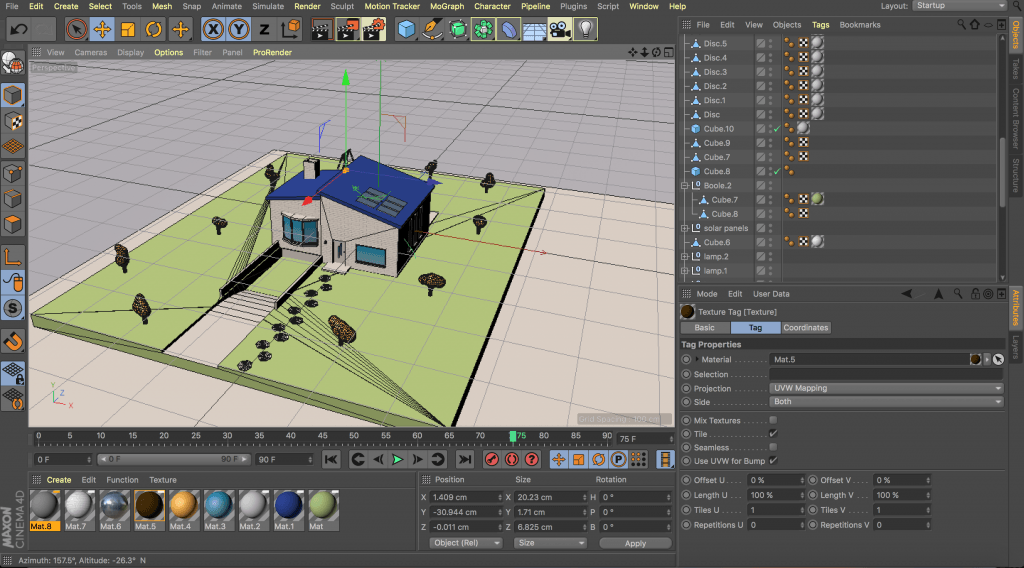After establishing the idea of crystal models, I wanted to move straight to concept – related practice. I found a very useful, 5 part tutorial:
The first three parts were the core source of information on how to create the models and apply appropriate materials. Again, most of it was based around the MoGraph features, such like cloner (to multiply the objects) and MoExtrude (as the name suggests, to extrude). This time, the random effector was quite frequently applied to make the crystals look a bit more varied (with options like turbulence switched on).
I had to learn a lot about the hierarchy within the project with so many effectors and deformers. Switching them can completely change the look of the model, so it’s important to understand what the order should be. Target effector was the new feature that I used for the first time in order to make the crystals point away from the centre.
Part two was focused on shading the crystals and creating an environment. I’ve made a few different materials based on luminance, reflectance and transparency, to give the model a realistic look. The sky was just a simple, oversized sphere with a gradient, giving the crystals some colours to reflect.
The third part involved creating particles and an emitter to make them flow away from the centre. The tracer added a drift to the particles, following their path.
Further parts were about the animating, creating and placing a camera and other processes, which I’ll have a look at on a different occasion. At this point, I’m just focusing on the still models. I took a chance to experiment with the light and material specifications. I’ve made a few versions of the crystal, getting more familiar with render settings on my own.
Following images are frames of my workflow and experimental renders, which I also edited in Adobe Lightroom.

















